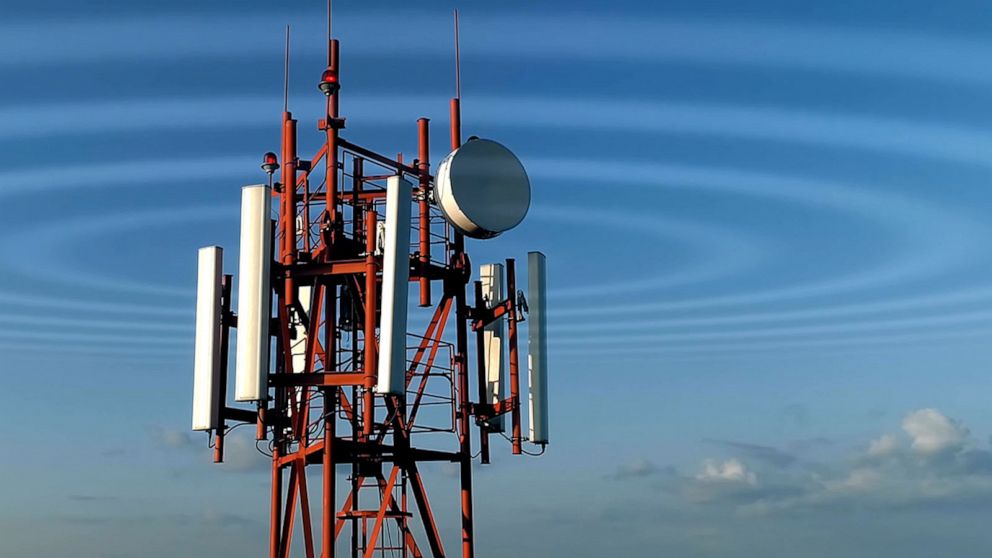If you've ever walked through a town, you may have seen tiny cell towers for 5G on street light poles. They look like small boxes however they're actually sending wireless signals from cellular providers to your mobile.
The smaller ones are being replaced by larger specially-designed cell towers. While they're not as noticeable however, they could create issues for users.
The Federal Communications Commission's Radiation Exposure Thresholds
The FCC's Radiation Exposure Thresholds define the safe distance that an individual can be exposed to electromagnetic energy generated by wireless devices. The limits for exposure are based on scientific data which prove that electromagnetic energy could cause harm to health.
what is a safe distance from a cell tower (SAR) is an indication of the amount of radiofrequency energy that is taken up by tissues. http://b3.zcubes.com/v.aspx?mid=11218178 is typically 1.6 watts per kilogram, spread over a Gram of tissue.
But, since 5g operates at higher frequencies this could be able to increase the intensity of energy on the skin as well as other body areas. This can lead to various potential harms, including exacerbated appearance of skin disorders like dermatitis, cancer of the skin and cataracts.
Due to the possible negative effects of 5G radiation, PSU has chosen to create a general power density limit of 4 mW/cm2 based on the average on 1cm2, and never to exceed 30 minutes, for all 5G services at 3000 GHz. This localized limit is consistent with the peak SAR spatial-average of 1.6 W/kg, averaged over one 5 grams of body tissue, at 6 GHz.
The FCC's Maximum Exposure Thresholds
Have you ever used a mobile phone, then you've probably realized that the safest range from the tower is around 400 meters away. This is because the power of the transmission of a cell tower increases dramatically the further you are from it.
Although this may sound like an ideal idea, the reality is that those living close to towers could be more prone to health problems. For instance, a study conducted in 2014 in India found that residents living within 50 meters of cell towers had much more health problems than those who lived farther distance from them.
This study showed that residents who moved to areas further away from cell towers noticed their symptoms improve within a couple of days. Studies have also demonstrated that exposure to extreme levels of radiofrequency electromagnetic fields (EMFs) could cause cancer, brain tumors and other health issues.
This is due to the fact that the RF radiation used in wireless communication, can penetrate the human body's exterior layer, which is the skin. It is crucial to know because the skin serves as a protective barrier against injuries caused by mechanical forces, infections caused by pathogenic microorganisms and entry of toxic substances. It is also the largest organ in the human body and is accountable for protecting other organs.
The FCC's Minimum Exposure Thresholds for the Minimum Exposure
The FCC's Minimum Exposure Thresholds are based on numerous assumptions that are not supported by scientific evidence. This includes the false belief that short-term exposures RF radiation are safe due to the limited penetration into the body (i.e. thermal heating of tissue).

This also overlooks the greater penetration of ELF parts of the modulated RF signal and the consequences on the body of short bursts caused by RF pulses. These assumptions are not in line with the current understanding of biological consequences of RF radiation, and thus, they should not be relied upon for health-protection exposure standards.
In addition to that, ICNIRP and FCC limit the maximum limits of exposure to peak local SARs that are based on the peak frequency of absorption (psSAR), which can be described as not a reliable dosimetric instrument to assess the amount of exposure to RF radiation. Particularly the psSAR tool is not accurate for frequencies above 6 GHz. In addition, psSAR is not been tested for RF radiation that is exposed to other environmental agents such like sunlight. The interactions of RF radiation and other environmental agents may result in antagonistic or synergistic impacts. safe distance to live from cell phone tower would result in an increased risk of adverse health adverse effects. For instance, exposure to RF radiation and sunlight could increase the risk of developing skin cancer, and may also exacerbate other skin conditions like acne.
